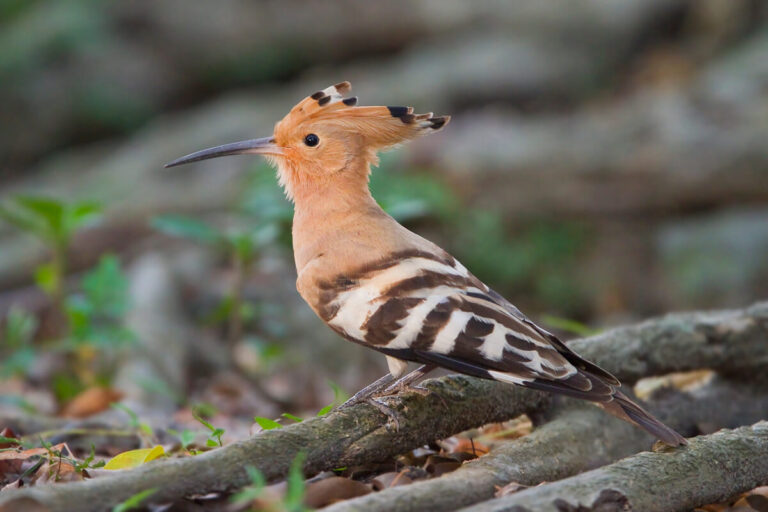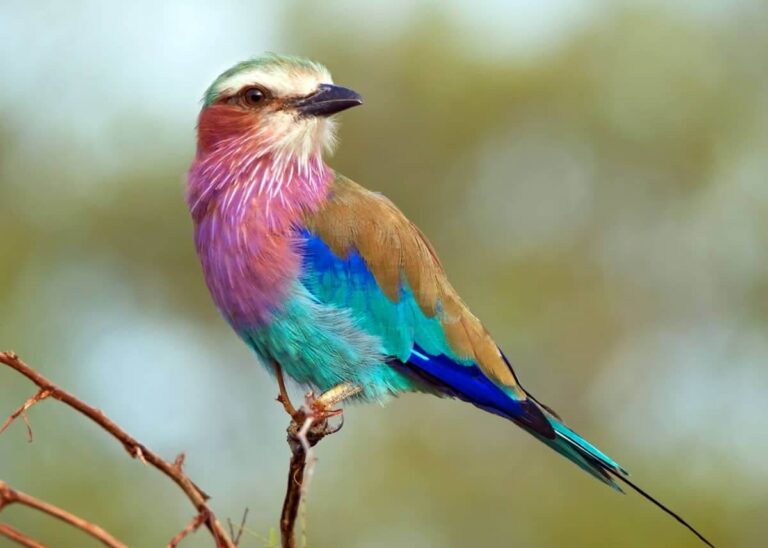Oystercatcher: Habitat, Behavior, Diet, and Conservation
The Oystercatcher is a striking coastal bird known for its vibrant plumage, sharp bill, and distinctive calls. These birds are often seen along shorelines, rocky coasts, and mudflats, where they use their specialized beaks to hunt for shellfish and other marine invertebrates. This article delves into the Oystercatcher’s scientific classification, physical characteristics, habitat, behavior, diet, reproduction, predators, conservation status, etc.
Contents
Scientific Classification
- Kingdom: Animalia
- Phylum: Chordata
- Class: Aves
- Order: Charadriiformes
- Family: Haematopodidae
- Genus: Haematopus
- Species: Various species, including Haematopus ostralegus (Eurasian Oystercatcher), Haematopus palliatus (American Oystercatcher), and Haematopus bachmani (Black Oystercatcher)
Physical Characteristics

Oystercatchers are medium to large shorebirds with robust, muscular bodies and striking appearances:
- Size: They typically range from 39 to 50 cm (15 to 20 inches) in length with a wingspan of 72 to 91 cm (28 to 36 inches).
- Weight: They weigh between 400 to 700 grams (14 to 25 ounces).
- Plumage: Most species have contrasting black and white plumage, although some, like the Black Oystercatcher, are entirely dark. The upperparts are usually black, while the underparts are white.
- Bill: Their long, bright orange or red bills are sturdy, flattened, and perfectly adapted for prying open shellfish.
- Eyes and Legs: They have red or orange eyes with a distinctive red eye ring, and their legs are typically pink or reddish.
Habitat
Oystercatchers are found on coastlines worldwide, including Europe, North and South America, Africa, and Australasia. Their preferred habitats include:
- Rocky Shores: They are often seen on rocky coastlines where they can find shellfish.
- Sandy and Muddy Beaches: These habitats provide abundant food sources like worms and crustaceans.
- Estuaries and Tidal Flats: Oystercatchers thrive in areas where tidal fluctuations expose mudflats rich in food.
Behavior
Oystercatchers are highly social birds, often found in pairs or small groups. Some of their notable behaviors include:
- Feeding Technique: They use their powerful bills to pry open shellfish or hammer them to access the flesh inside. Some species are specialized in feeding on bivalves, while others focus on worms or crustaceans.
- Territoriality: During the breeding season, Oystercatchers become territorial and aggressively defend their nesting sites from intruders.
- Vocalizations: They are known for their loud, piercing calls, often used to communicate with their mates or warn of potential threats.
Diet
Oystercatchers have a varied diet that largely depends on their habitat. Their primary food sources include:
- Mollusks: Mussels, clams, and oysters are favorite targets, which they skillfully open using their strong bills.
- Crustaceans: Crabs and other small crustaceans are often consumed, especially in sandy and muddy habitats.
- Worms: Polychaete worms are an important part of their diet in tidal mudflats.
- Small Fish: Occasionally, they may eat small fish, particularly during breeding when feeding chicks.
Reproduction
Oystercatchers have a fascinating breeding cycle characterized by their strong pair bonds and distinctive nesting habits:
- Nesting: They usually nest on the ground, often in a simple scrape lined with pebbles or shells. Nests are typically found near water, on beaches, or in rocky areas.
- Eggs: Females lay 2-4 well-camouflaged eggs to blend in with their surroundings.
- Incubation: Both parents share the incubation duties, which last about 24-27 days.
- Chick Rearing: The chicks are precocial, meaning they are born with their eyes open and covered in down, ready to leave the nest within days. Parents feed the chicks for several weeks until they can forage independently.
Predators
Oystercatchers face a variety of natural predators, especially during the nesting period:
- Egg Predators: Gulls, crows, and foxes often prey on Oystercatcher eggs.
- Chick Predators: Young chicks are vulnerable to predation by raptors, larger shorebirds, and mammals like raccoons and foxes.
- Adult Predators: Adult Oystercatchers have fewer natural predators, though large birds of prey, such as falcons, may occasionally target them.
Conservation Status
The conservation status of Oystercatchers varies by species, but many face threats due to habitat loss and human activities:
- Population Trends: Some species, such as the Eurasian Oystercatcher, have stable populations, while others, like the American Oystercatcher, are considered near threatened due to declining numbers.
- Threats: Habitat degradation, pollution, coastal development, and disturbance from recreational activities are major threats.
- Conservation Efforts: Conservation measures include habitat protection, monitoring programs, and public awareness campaigns to reduce human disturbances during the breeding season.
Interesting Facts
- Unique Foraging Behavior: Oystercatchers have developed two distinct foraging techniques—’ hammerers,’ which break shells open, and ‘stabbers,’ which pry shells apart.
- Long Lifespan: These birds can live up to 35 years in the wild, making them one of the longer-lived shorebirds.
- Symbolic Significance: In some cultures, Oystercatchers symbolize coastal health and biodiversity.
Evolutionary History
Oystercatchers have a long evolutionary history that dates back millions of years. Fossil evidence suggests that their ancestors were among the early shorebirds that adapted to coastal environments. Over time, their specialized feeding techniques and strong pair bonds have helped them thrive in various habitats worldwide.
Relationship with Humans
- Cultural Importance: In some coastal communities, Oystercatchers are celebrated in folklore and art, symbolizing the connection between humans and the sea.
- Ecotourism: Birdwatchers are often drawn to areas where Oystercatchers nest, contributing to local ecotourism economies.
- Conservation Icons: Oystercatchers are often used as flagship species in conservation campaigns due to their distinctive appearance and vulnerability to habitat changes.
Conclusion
Oystercatchers are remarkable birds, perfectly adapted to life along the coastlines. With their distinctive feeding habits, striking appearance, and complex social behaviors, they play a crucial role in coastal ecosystems. While some species remain threatened, ongoing conservation efforts offer hope for the future of these charismatic shorebirds. Understanding and protecting their habitats is essential to ensure that Oystercatchers continue to thrive along our shores for generations.
- Golden Retriever Pros and Cons: What Every Pet Parent Should Know - 15 September 2025
- Cane Corso Dog Breed: Health, Care, and Lifespan - 14 September 2025
- Catahoula Leopard Dogs: Description, Temperament, Lifespan, & Facts - 21 July 2025







